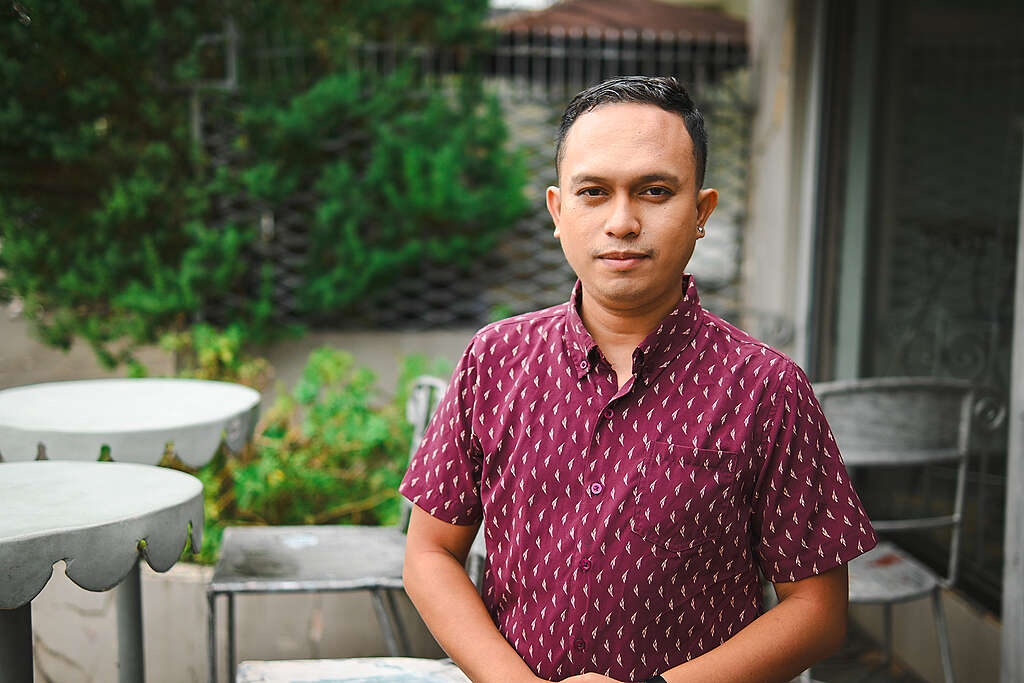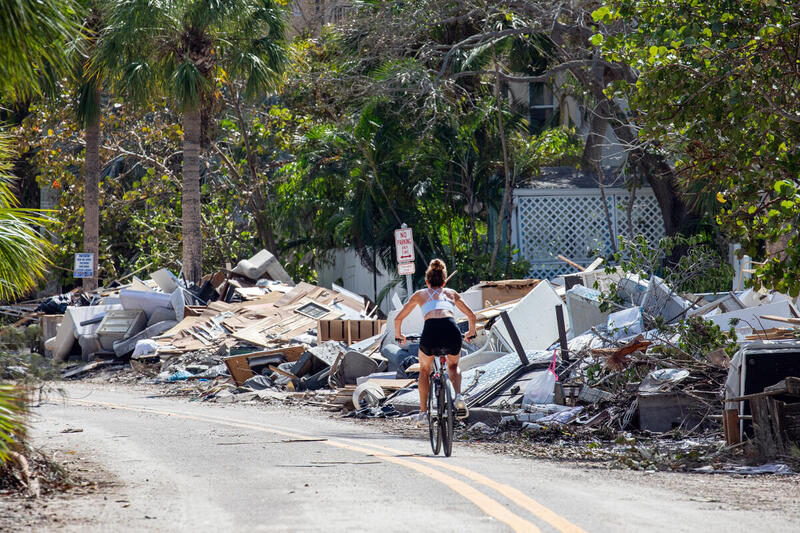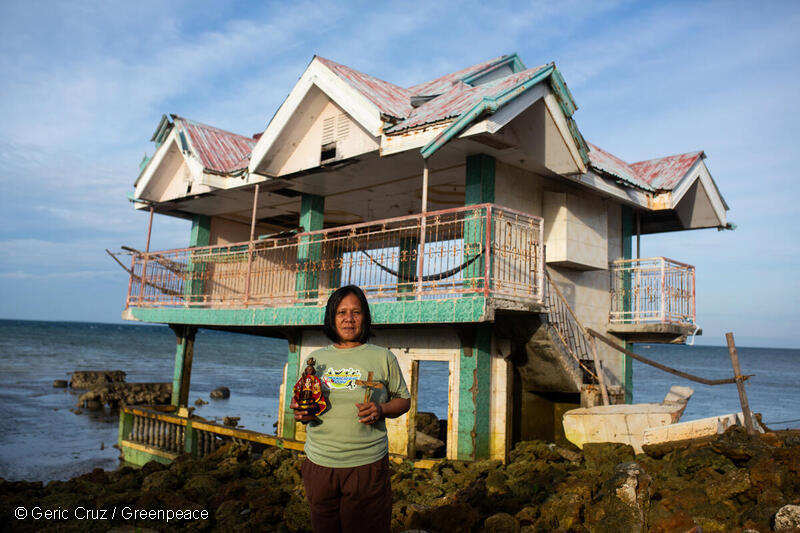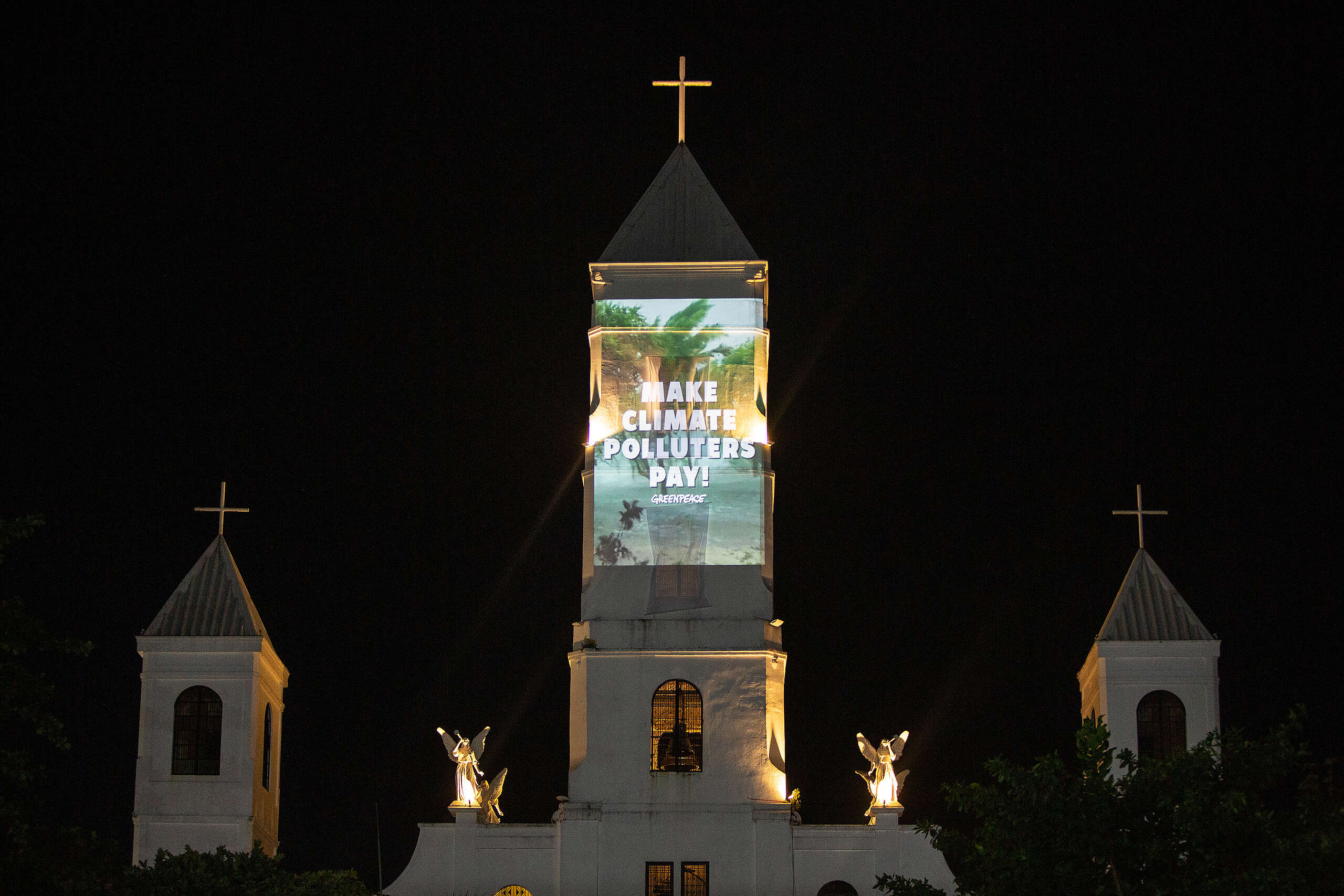
Days before All Saints and All Souls Day in November 2013, I was stationed at the convent of St. James the Apostle Parish in the town of Caibiran, in the Island Province of Biliran in Eastern Visayas. It was my first mission station as a youth missionary under the Roman Catholic Church. My assignment: youth leadership and environmental protection vis-à-vis climate change. It was perhaps an early warning from the Lord as around a week later, Super Typhoon Haiyan, locally known as Yolanda, would strike the entire Eastern Visayas region, including my mission station.
Our local experience of the super typhoon in the town of Caibiran was incomparable to what others have experienced in the region, especially from that of Tacloban City, the ground zero. Perhaps the biggest damage we took back in the convent and in the parish was the breaking away of inches-thick hardwood doors of the church from their hinges—causing them to wave around like some thin sheets of paper—the pruning of trees surrounding the façade, and minor structural damages. But, together with the rest of the region, we shared the aftermath of the super typhoon: no access to communication lines, no electricity, geophysical isolation, a damaged supply chain of basic necessities including food and potable water, and lingering mental questions: if our families, from other parts of the region and the country, are still alive; or perhaps, should we wake up the next morning with the acceptance that we are the last living descendants of our family.
It took three weeks before I was able to come home to Tacloban City. I immediately visited my parent’s house, where I found out that everyone in my nuclear family was alive, except for some relatives near and far down the consanguinity line that did not make it. I went to my apartment, and only one wall remained—none of my belongings, not even the rest of the house. I was then sent to Cebu City in Central Visayas, for safety and health reasons, where the rest of my family had evacuated already. The next day, upon arrival in Cebu, I learned from one of my sisters that they had declared me missing to the government. They noted that since I was elsewhere at the time, and there was no way to confirm whether I was still alive or if I had perished, I was missing.
It remained that way, until now, going ten years after the super typhoon. Just a few days ago, I visited the Holy Cross Memorial Gardens Mass Grave, the biggest in Tacloban City where around 2,000-3,000 unnamed bodies were buried. Inside the mass grave, there is a wall of remembrance where a list of names is engraved—perhaps assumed dead by their relatives, and all started from being missing in the aftermath of the super typhoon. I couldn’t find my name there. I visited the mass grave inside the Metropolitan Cathedral of Our Lord’s Transfiguration in Palo, Leyte, which is also one of the biggest mass graves in the metropolitan, because there is also a wall of remembrance with another list of names declared dead or missing by their relatives. I also cannot find my name there. The last spot I visited was back in Tacloban, located inside the Tacloban City Convention Center Complex in Sagkahan District, where a monument is erected at the center of the wall of remembrance, and where there is another list of names. Still, my name wasn’t there.
It was only at this point that it dawned on me how extraordinary it is to come to terms with the post-Haiyan reality. My visitation of mass graves was primarily to find my name and perhaps come to terms, face to face, with myself being missing, or even assumed dead. But I couldn’t. Both internally and physically, as I couldn’t even find my own name on any of the walls of remembrance I visited. I went back to my family who declared me missing to the government ten years ago—none of us withdrew that declaration or announced that I was already found, and alive.
Similarly, I think of those who have lost someone in the super typhoon, perhaps someone’s brother and son, just like me. The search for my name brought me to visit the Northern Barangays—a rising district credited to the relocation of people from the coastal barangays in the post-Haiyan Tacloban City. While I walked among the rising enterprises, I thought: will anyone here be able to find their family member’s name in one of the lists of names engraved on any of the walls of remembrance? Going back to the city proper, I passed by Anibong District, a historically significant location in the city that has roots going back to the pre-Hispanic period, now almost deserted. Looking through my bus seat’s window, I thought: will anyone outside the bus ever know where to light their candles, offer flowers, partake in the favorite food and drink of that dead relative—a custom we do to remember the dead? Arriving in the city center, I walked past busy streets full of people, mostly young students trying to make their way home from different schools in the city. Looking at unfamiliar faces, I thought: will any of them ever fully grieve that dead relative? On my last stretch home, I rode another jeepney where I saw a friend on the opposite seat. Trying to speak to him, I thought: will there ever be a closure for any other missing person, just like me?
It is now 12th of October 2023, only a couple of weeks before the tenth-year commemoration of the onslaught of Super Typhoon Haiyan. Retracing the words of Associate Professor Glenn Pajares of Visayas State University, following American Philosopher John Rawls: to give voice to less fortunate members of society is empowerment and social justice in operation. While I couldn’t find my name in any list of names on any walls of remembrance, and the answers to all these lingering questions, I found a voice that chooses to disclose this post-Haiyan truth, speaking for all those who were missing and are still missing from selective remembrance. Contrary to those who are already supposed dead, I will light a candle this November 8 as a missing person, to remember and refuse to be supposed dead.
Mark Anthony Simbajon is a development worker in Eastern Visayas. Originally, he is from the City of Tacloban, the ground zero of Super Typhoon Haiyan. He is a writer, visual and performing artist, and currently a DOT-accredited regional tour guide. He is both a founder and an officer of numerous regional and local organizations that serve the Eastern Visayas community.



